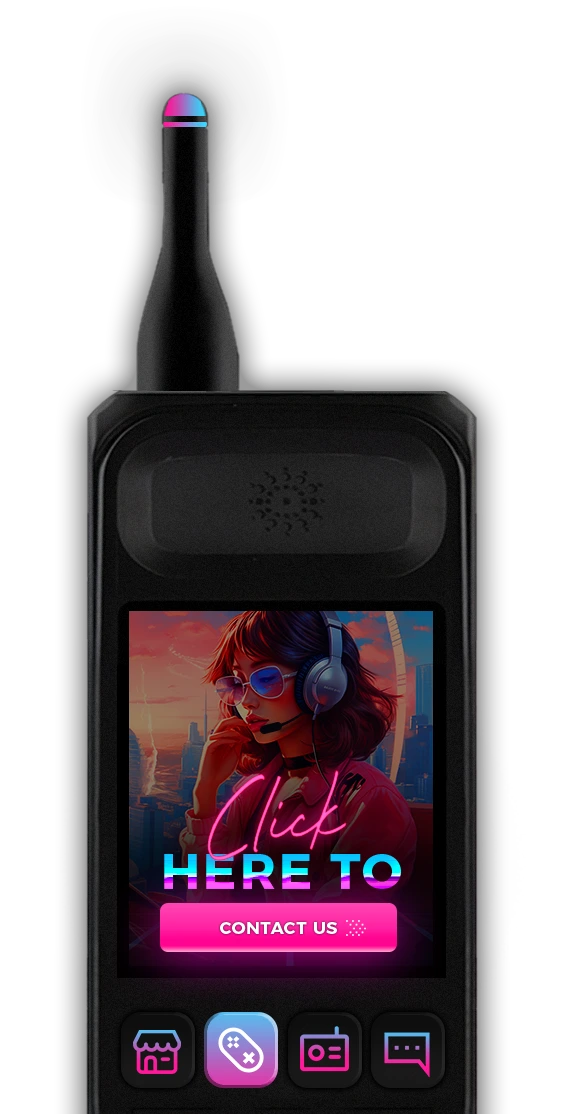So you’ve bought some magic mushrooms—most likely dried, maybe vacuum-sealed, maybe in a baggie—and now you’re wondering how to keep them safe, potent, and ready for whenever the time feels right.
Here’s the deal: even dried mushrooms can go bad. They can grow mold. They can lose their kick. They can make you sick if stored carelessly.
This guide is written specifically for consumers who buy dried mushrooms, not home growers or foragers. No fluff, no unnecessary steps—just clear, practical advice to help you get the most out of your stash.
Why Storage Still Matters
People often assume that once mushrooms are dried, they’re indestructible. Not true.
Dried mushrooms are much more stable than fresh ones, but they’re still vulnerable to moisture, air, heat, and light. These elements slowly destroy psilocybin, the compound responsible for the psychedelic effect.
The goal of proper storage is simple: keep your mushrooms dry, dark, cool, and sealed. Do that, and they can last a year or longer without a significant loss in potency.
Ignore it, and you could end up with weak, moldy, or even dangerous mushrooms in just a few weeks.
What Can Go Wrong
Let’s say you toss your mushrooms in a drawer, still in the plastic bag they came in. What might happen over time?
-
They absorb moisture from the air, which invites mold and rot.
-
They lose potency as light and oxygen break down psilocybin.
-
They take on bad smells or flavors, which can be signs of spoilage or contamination.
-
They grow mold, which can make you seriously sick.
And here’s the thing: some of this damage isn’t immediately visible. Mushrooms can look okay and still make you nauseous or deliver a dulled, uneven trip.
How Long Do Dried Mushrooms Last?
When stored correctly, dried magic mushrooms can last anywhere from 6 months to over 2 years, depending on the method.
If they’re kept in a sealed, dry, dark environment at room temperature, you can expect around 3 to 6 months of peak potency.
If you vacuum seal and freeze them? You’re easily looking at 1 to 2 years of shelf life with very little loss in strength.
Step-by-Step: How to Store Dried Mushrooms the Right Way
You don’t need a lab setup or special equipment. Just a few smart choices make all the difference.
Step 1: Check the Packaging
Most vendors send mushrooms in plastic bags—either standard ziplocks or vacuum-sealed ones. If it’s vacuum-sealed and you’re planning to use them soon, you’re probably fine leaving them as-is for a few weeks.
But for anything longer than that, you’ll want to repackage them into a better, more protective container.
If the packaging is a regular ziplock or flimsy plastic, transfer them right away.
Step 2: Repackage into Airtight, Lightproof Containers
Ideal containers for dried mushrooms include:
-
Mason jars with tight-sealing lids
-
Miron glass jars (these block UV light)
-
Food-grade metal tins with screw-top lids
-
Vacuum-sealed Mylar bags
The key is this: no air, no light, no moisture.
Once repackaged, toss a desiccant packet into the jar or bag. These absorb any leftover moisture and are especially helpful in humid climates.
If you don’t have a desiccant, you can buy them cheaply online or use a small amount of dry rice as a basic backup.
Step 3: Store in a Cool, Dark Place
Your mushrooms don’t like heat, and they definitely don’t like sunlight. Keep them somewhere:
-
Cool (ideally under 70°F / 21°C)
-
Dry (away from kitchens or bathrooms)
-
Dark (inside a drawer, cupboard, or closed box)
Do not leave them out in open light, near a stove, or in a car. Fluctuating temperatures and humidity destroy mushrooms fast.
Step 4 (Optional but Ideal): Vacuum Seal and Freeze
If you’re storing a larger quantity or don’t plan to use them for a while, vacuum sealing and freezing is your best option.
Once vacuum sealed with a desiccant inside, place the bag in the back of your freezer—somewhere it won’t be disturbed.
Important notes:
-
Only freeze dried mushrooms. Never freeze fresh ones. They’ll turn to mush and become unusable.
-
Don’t keep opening the bag. Every time you open it, air and moisture enter. If you’ll be dipping into your stash regularly, divide it into smaller sealed portions.
-
Label your packaging with the strain and date. Don’t rely on memory.
Properly vacuum-sealed and frozen mushrooms can remain effective for 1–2 years with minimal potency loss.
Mistakes to Avoid
Even smart users can make basic errors. Here are the most common ones:
Leaving them in a ziplock:
Standard plastic bags are not airtight and do little to block light. They’re fine for transport, but not for storage.
Skipping the desiccant:
Even a tiny bit of moisture can lead to mold. Always add a desiccant packet, especially if you’re reusing a jar or opening the container more than once.
Storing in warm or humid places:
Heat and humidity are silent killers. Avoid windowsills, kitchens, or anywhere with temperature fluctuations.
Not labeling your stash:
It sounds obvious, but it happens. Label the container with the strain name and the date you received or repackaged them.
Using clear containers:
Even indirect light breaks down psilocybin. Always use opaque containers or keep clear ones inside a dark drawer or box.
Signs Your Mushrooms Have Gone Bad
Even dried mushrooms can spoil over time. Here’s what to look for:
-
They feel soft or rubbery instead of snapping when bent. That’s a sign they’ve absorbed moisture.
-
They smell sour, musty, or off. A natural, earthy scent is normal, but anything funky is not.
-
You see fuzz or discoloration (white, green, or black spots). That’s mold. Throw them out—don’t try to salvage.
-
They taste bitter or weird. If they taste different than they did originally, they might be compromised.
If you’re ever unsure, don’t risk it. No trip is worth getting sick.
What If You’re Microdosing?
If you’re microdosing, you’ll likely be grinding your mushrooms into powder and dividing them into tiny capsules or doses.
This format is even more vulnerable to air and moisture due to the increased surface area of the powder.
Here’s how to store microdose powders:
-
Keep the powder or capsules in an airtight, opaque jar
-
Add a small desiccant packet
-
Store them in a cool, dark drawer or box
-
If making a large batch, store most in the freezer and keep a smaller jar at room temp for daily use
Don’t store microdose powder in paper envelopes or plastic bags—they’re not airtight and will degrade your stash quickly.
What If You Bought Edibles?
Some magic mushroom products come in the form of chocolates, gummies, or infused honey. These need slightly different storage rules.
Chocolates:
Keep in the fridge in an airtight container. Eat within 2–3 months.
Gummies or Candies:
Cool, dry place is usually fine, but fridge is safest. Watch for melting or mold.
Infused Honey:
Store in a sealed jar in a dark cabinet. Lasts up to a year or more.
In general, edibles don’t last as long as pure dried mushrooms. Consume them sooner rather than later.
Final Tips
-
Always repackage mushrooms if the original packaging isn’t airtight or lightproof.
-
Use desiccant packs to keep things dry.
-
Label everything with date and strain.
-
Freeze for long-term storage, but only if mushrooms are 100% dry and vacuum sealed.
-
Smell, feel, and inspect before every use. If anything feels off, don’t take the risk.
Final Thoughts
Buying dried magic mushrooms is only half the equation. Storing them properly makes the difference between a great trip and a wasted one—or worse, a dangerous experience.
It’s not complicated. Just protect your stash from air, moisture, heat, and light. Be intentional. Be clean. Treat your mushrooms like the powerful medicine they are.
Do it right, and your mushrooms will be ready whenever you are.
Buy The Best Magic Mushrooms Online in Canada (19+)
References:
-
https://www.zamnesia.com/us/blog-how-to-store-magic-mushrooms-truffles-n657
-
https://psychedelic.support/resources/storing-psilocybin-products-magic-mushrooms
-
https://www.miraculix-lab.de/en/mushrooms/do-magic-mushrooms-go-bad
-
https://www.gardenstatetreatmentcenter.com/can-magic-mushrooms-go-bad
-
https://onpattison.com/news/2025/mar/24/how-to-safely-store-and-dry-magic-mushrooms












